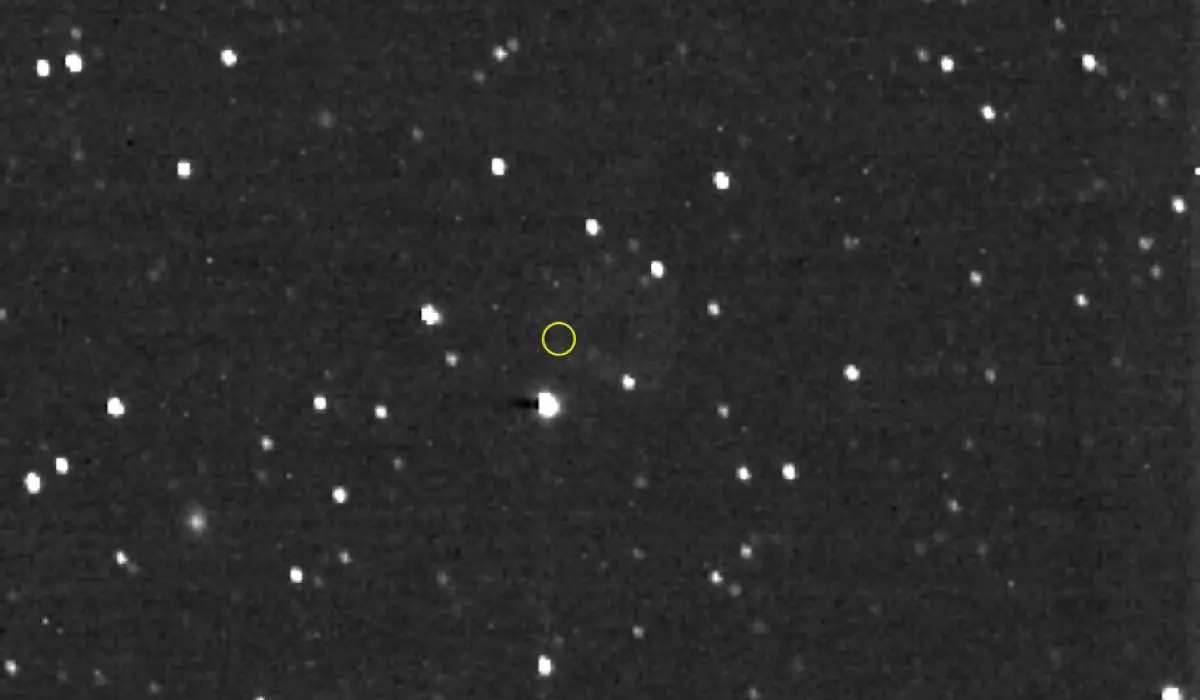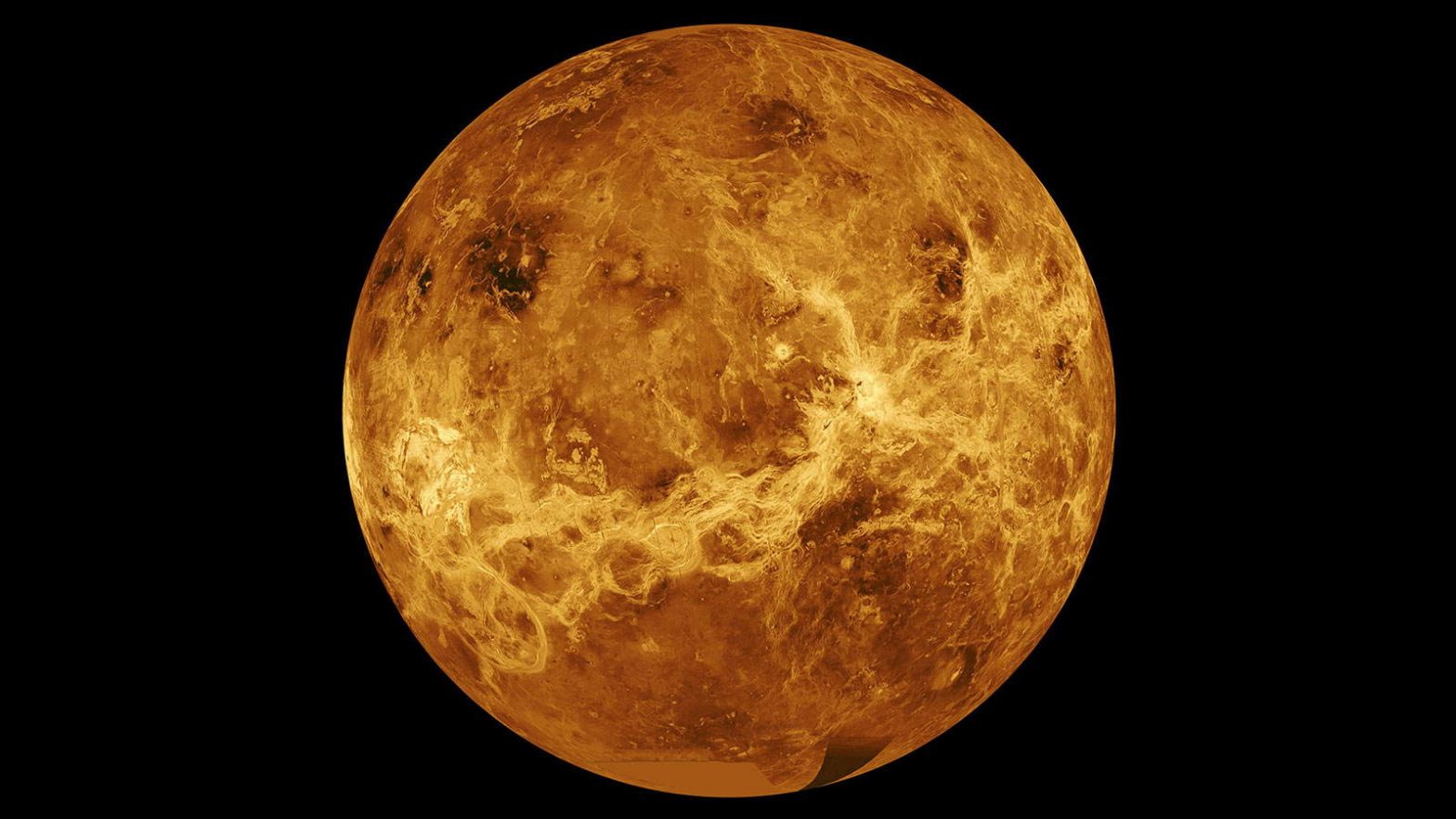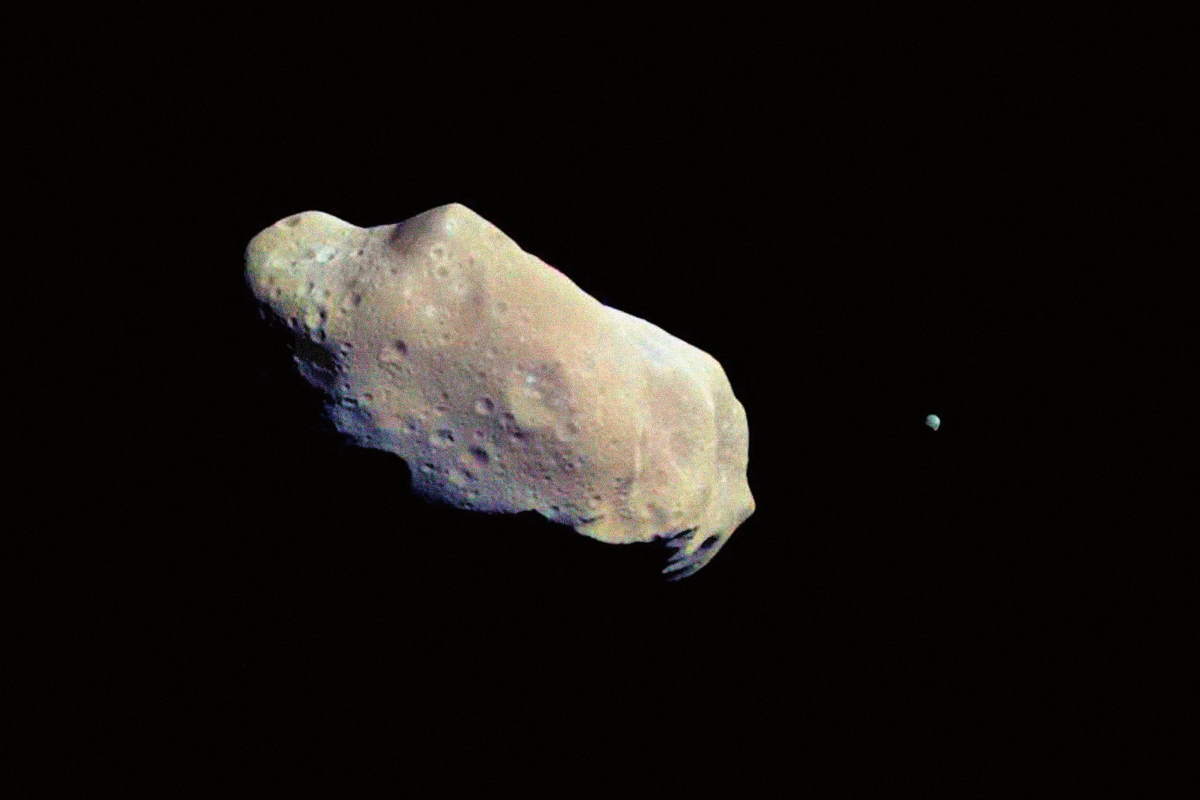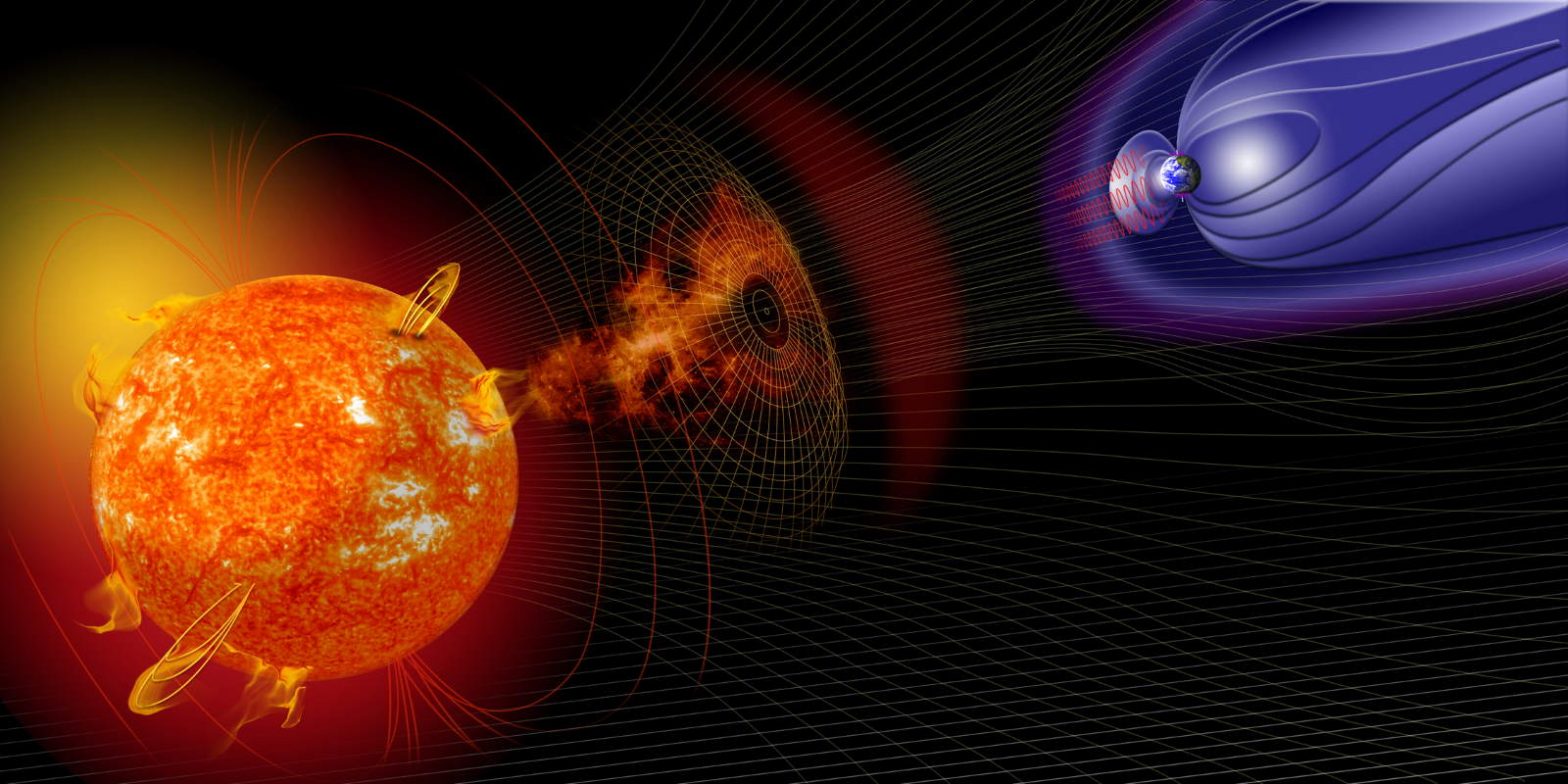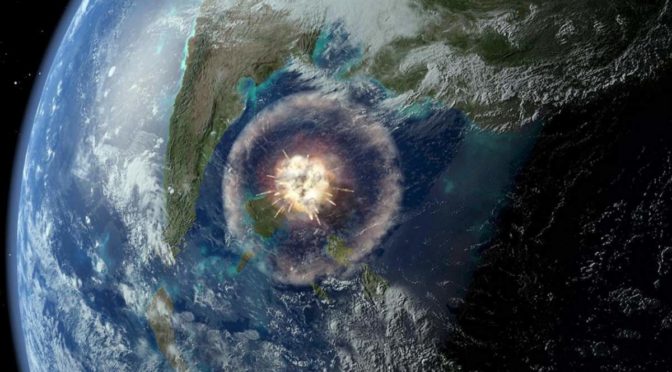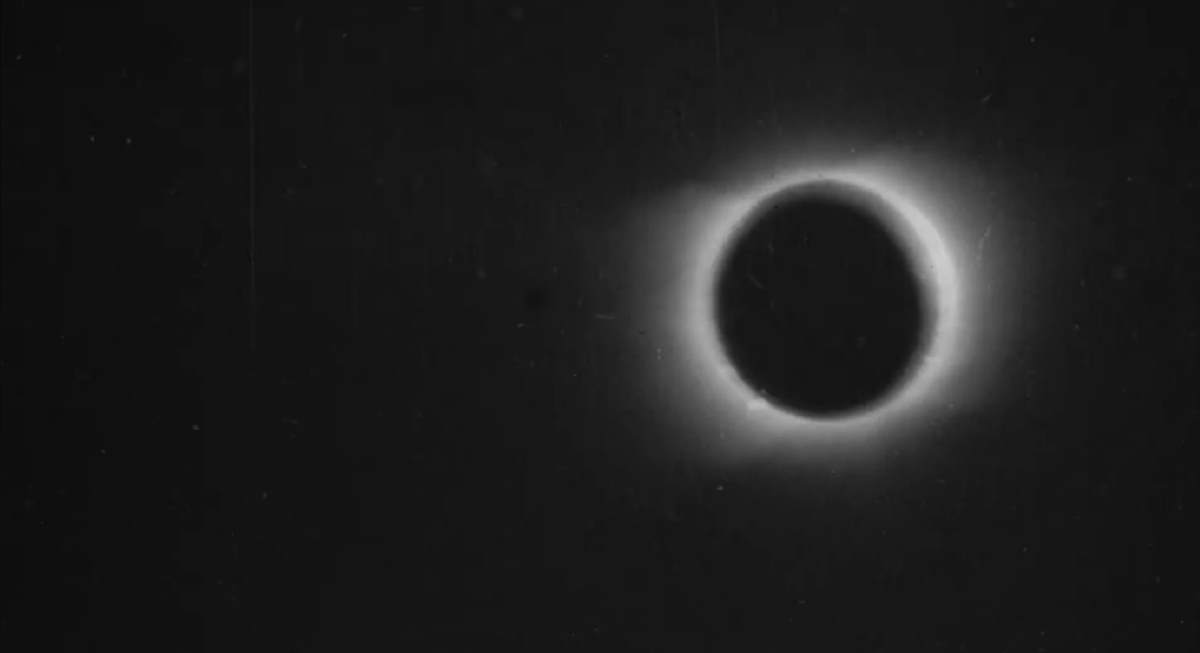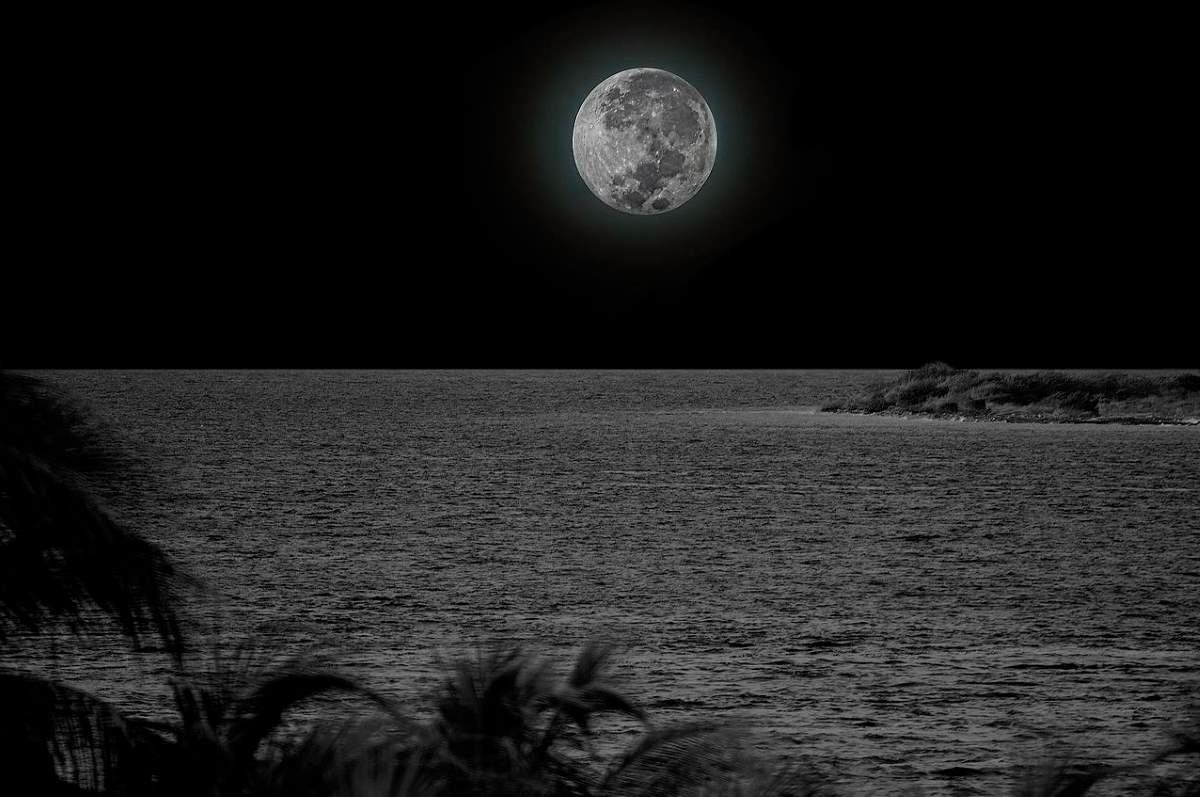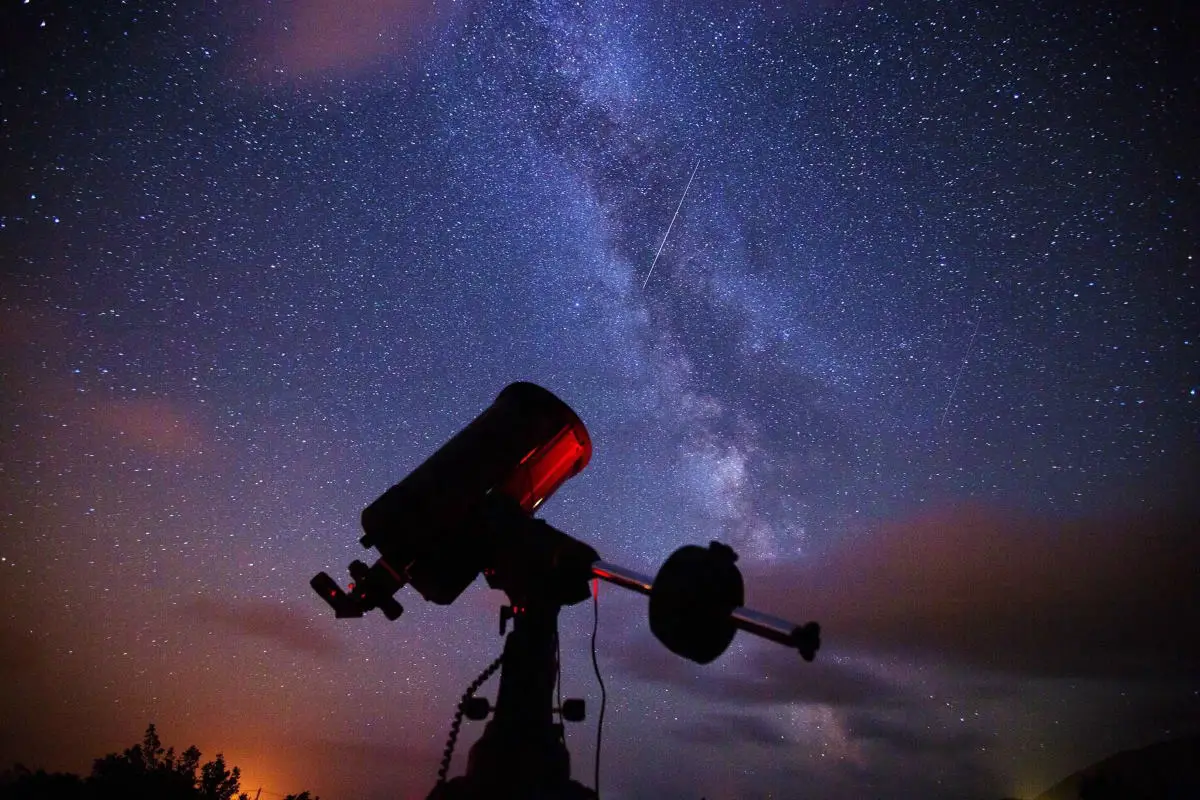Ever since the planets first formed, they have been bombarded with space rocks. Asteroid and cometary collisions are so powerful that planetary surfaces fracture and melt beneath them, leaving behind huge craters. These impact events have played an important role in our planet’s history, by shaping the geological landscape, producing valuable minerals, and affecting the evolution of life. Dr. Gordon “Oz” Osinski from the University of Western Ontario, Canada, aims to understand this fundamental process on Earth, Mars, and the Moon – with important implications for space exploration, mining, and understanding the origins of life.

